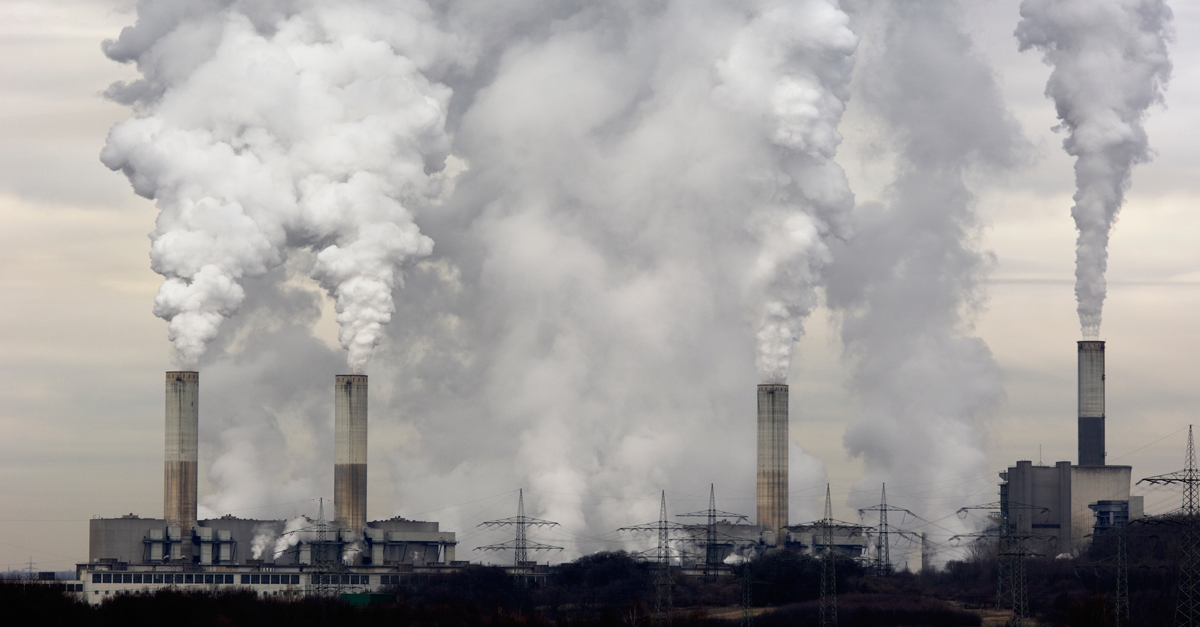Toxic bodies: perceived risk of internal contamination by chemical compounds in Spain
Received:
28 September 2016,
Accepted:
26 January 2017,
Published:
17 July 2017

Abstract
This article analyses the social perception of human exposure to chemical compounds and discourses and practices regarding bodily boundaries when faced with internal contamination. Based on qualitative and interdisciplinary research carried out in Catalonia, the social meanings attributed to the environmental and food dangers and risks related to chemical compounds that affect human health, and the place that the body takes in the production of these discourses, were explored. In order to do so, between June and November 2011, 43 semi-structured interviews with workers with some awareness of chemical contaminants were carried out, emphasizing how these people (re)interpret the different existing discourses about internal contamination as well as their perceptions regarding the introduction of chemical compounds into the body and the dangers that these substances pose to health.
Keywords: Anthropology, Qualitative Research, Risk, Chemical Contamination, Human Body, Spain
References
1. Mascaró J. Una proposta d'anàlisi de l'imaginari cultural del cos i la corporalitat tòxica. Quaderns-e. 2013;18(2):145-155.
2. Larrea-Killinger C, Muñoz A, Mascaró J, Zafra E, Porta M. Discourses on the toxic effects of internal chemical contamination in Catalonia, Spain. Medical Anthropology: Cross Cultural Studies in Health and Illness. 2016. doi: 10.1080/01459740.2016.1182999.
3. Palou A, Muñoz A, Larrea C, Fàbregas M. Prácticas alimentarias para evitar o reducir la exposición a sustancias químicas. Actas del IV Congreso Internacional "Otras maneras de comer: Elecciones, convicciones, restricciones"; 9-12 jun 2015; Barcelona, España: ODELA; 2015.
4. Muñoz A, Larrea-Killinger C, Zafra E, Begueria A. Las responsabilidades sobre las sustancias químicas y los compuestos tóxicos persistentes: una perspectiva antropológica sobre los riesgos. Actas del XIII Congreso de Antropología de la FAAEE: Periferias, fronteras y diálogos; 2-5 de sep 2014; Tarragona, España: FAAEE; 2014.
5. Begueria A, Larrea C, Muñoz A, Zafra E, Mascaró-Pons J, Porta M. Social discourse concerning pollution and contamination in Spain: Analysis of online comments by digital press readers. Contributions to Science. 2014;10:35-47.
6. Larrea C, Mascaró J. Introducció al dossier Cossos en risc. Quaderns-e de l'Institut Català d'Antropologia. 2013;18(2):143-144.
7. Zafra E, Larrea C, Muñoz A. Nota de recerca: Cossos Tòxics: etnoepidemiología sociocultural de la contaminació interna per compostos tòxics persistents (CTP) a Espanya. Arxiu d'Etnografia de Catalunya. 2013;13:221-224.
8. Foucault M. Vigilar y castigar: Nacimiento de la prisión. Madrid: Siglo XXI Editores; 1992.
9. Leder D. The absent body. Chicago: The University of Chicago Press; 1990.
10. Vigarello G. Lo limpio y lo sucio: la higiene del cuerpo desde la Edad Media. Madrid: Alianza Editorial; 1991.
11. Kavanagh AM, Broom DH. Embodied Risk: my body?, my self? Social Sciences & Medicine. 1998;46(3):437-444.
12. Porta M, Puigdomenech E, Ballester F. (eds.). Nuestra contaminación interna: Concentraciones de compuestos tóxicos persistentes en la población española. Madrid: Catarata; 2009.
13. Panter-Brick C, Fuentes A, (eds.). Health, risk and adversity. New York: Berghahn Books; 2010.
14. Bergman A, Heindel JJ, Jobling S, Kidd KA, Zoeller RT, (eds.). State of the science of endocrine disrupting chemicals - 2012. Geneva: United Nations Environment Programme, World Health Organization; 2013.
15. Porta M. Persistent toxic substances: exposed individuals and exposed populations. Journal of Epidemiology & Community Health. 2004;58:534-535.
16. Grandjean P, Landrigan PJ. Developmental neurotoxicity of industrial chemicals. The Lancet. 2006;368:2167-2178.
17. El-Shahawia MS, Hamzaa A, Bashammakhb AS, Al-Saggafa WT. An overview on the accumulation, distribution, transformations, toxicity and analytical methods for the monitoring of persistent organic pollutants. Talanta. 2010;80:1587-1597.
18. Palou-Serra A, Murcia M, Lopez-Espinosa MJ, Grimalt JO, Rodríguez-Farré E, Ballester F, Suñol C. Influence of prenatal exposure to environmental pollutants on human cord blood levels of glutamate. Neurotoxicology. 2013;40:102-110.
19. Porta M, Pumarega J, Gasull M. Number of persistent organic pollutants detected at high concentrations in a general population. Environment International. 2012;44:106-111.
20. Good B. The heart of what's the matter: The semantics of illness in Iran Culture. Medicine and Psychiatry. 1977;1(1):25-58.
21. Good B, Good MJ. The meaning of symptoms: A cultural hermeneutic model for clinical practice. In: Eisenberg L, Kleinman A, (eds.). The relevance of Social Science for Medicine. Dordrecht: D. Reidel Publishing; 1980. p. 165-196.
22. Jensen M, Blok A. Pesticides in the risk society: The view from everyday life. Current Sociology. 2008;56(5):757-778.
23. Lupton D. Risk. London: Routledge; 1999.
24. Lupton D. Risk as moral danger: the social and political functions of risk discourse in public Health. International Journal of Health Services. 1993;23(3):425-435.
25. Douglas M. La aceptabilidad del riesgo en las ciencias sociales. Barcelona: Paidós; 1996.











